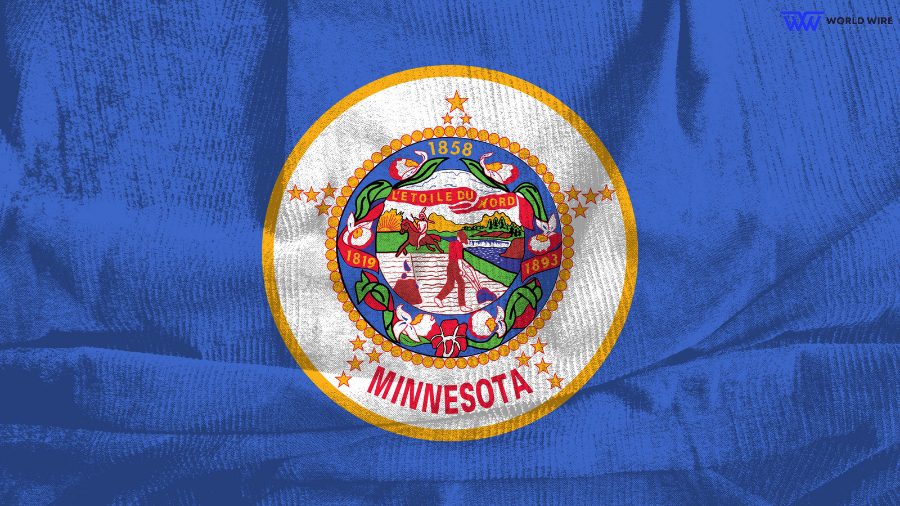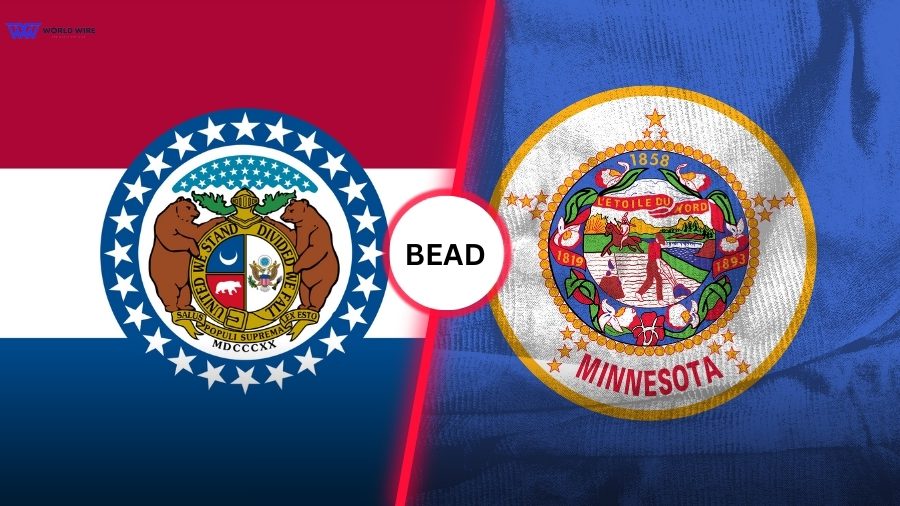State Broadband Directors have proposed their plans for BEAD program funding.
Here are the details of the news.
State Broadband Directors Discuss BEAD Program Timeline
State Broadband Directors of two Midwestern states, Minnesota and Missouri, have discussed plans for advocating the BEAD program in their states on the NRTC (National Rural Telecommunications Cooperative) webinar.
The National Telecommunications and Information Administration (NTIA) established the Broadband Equity Access and Deployment (BEAD) Program, a $42.45 billion program to fund broadband deployment projects in unserved and underserved areas in all 50 states of the United States.
Although the NTIA has established BEAD policies, some states, including Missouri and Minnesota, have come forward with their Broadband directors, highlighting their own initiatives and BEAD plans for the respective states.
Missouri’s BEAD initiatives

Missouri has received $1.7 billion in BEAD funding. According to the director of Missouri’s Office of Broadband, BJ Tanksley, unlike other states, Missouri will allow providers to choose their serving areas where they want to deploy the broadband connectivity in the state.
The State has specified Volumes 1 and 2 for their initial proposal, which are required to be approved by NTIA.
Highlighting their BEAD plans, Tanksley said, “We hope by allowing service providers to serve the areas that make sense to them, we can save money.”
“As soon as NTIA tells us they are OK with that approach, which we are hoping happens in April or May, [providers] will be able to submit proposed project areas,” Tanksley added.
Missouri state broadband director believes that allowing providers to select their areas for service will enhance productivity by ensuring providers’ participation at a large scale.
This will help the state achieve its broadband deployment goals.
Tanksley noted, “In the past, applications were judged against every other application. Now you’re only competing against people wanting to serve the same area.”
The director also proposed plans to award BEAD funding in two rounds. The first round requires providers to qualify for the minimum score based on the state’s scoring criteria, and the second round will have different criteria.
Minnesota’s BEAD initiatives

As per the information provided by Bree Maki, executive director of Minnesota’s Office of Broadband Development, Minnesota is planning to award its BEAD funding of $652 million through its Border-to-border Broadband Development Grant program.
The State has funded many broadband deployment programs primarily focusing on local coordination.
Maki said local support is important to prevent providers from deploying expensive services that are not affordable for residents.
She suggested that the state is focusing on similar strategies for BEAD program funding.
Maki said, “We hope to see local coordination and local support.”
“Those projects are very successful because people run into each other at their local grocery store and hold each other accountable,” she added.
Like Missouri, Minnesota has outlined Volumes 1 and 2 for its BEAD proposal, which are waiting to be approved by NTIA.
Missouri and Minnesota both hope to accomplish three rounds in the BEAD program.
Tanksley pointed out, “We would love to do a third round if we have the time to do it and if we have the money.”
Similarly, Maki believes that multiple rounds will help the state identify the areas not covered in bids and encourage providers to include those areas in future bids.
However, three or more rounds are likely to occur as the states have one year to award BEAD funding after NTIA approves their Volume 1 and 2 proposals.
Table of Contents







Add Comment